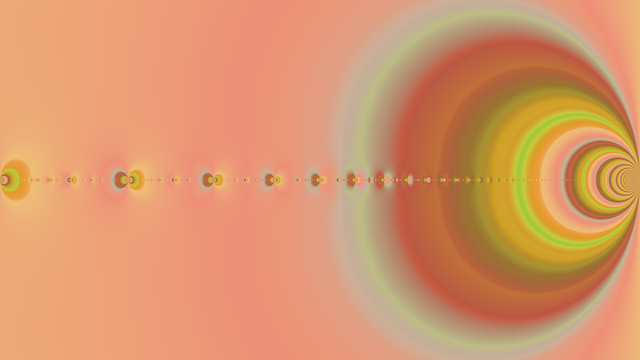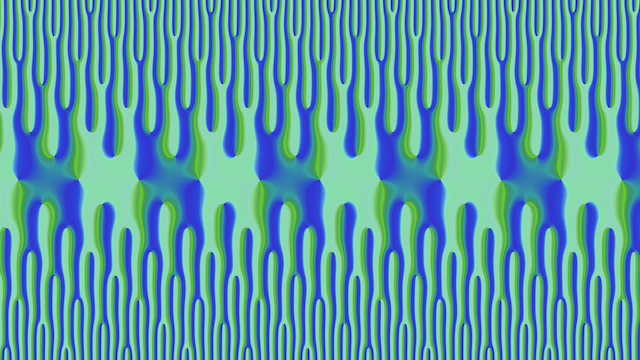Salvatore Mercuri
Chapman-Schmidt AI in Science Postdoctoral Fellow
Department of Mathematics, Imperial College London
Email: salvatore.mercuri (at) imperial.ac.uk

I am currently a Chapman-Schmidt AI in Science Postdoctoral Fellow in the Department of Mathematics at Imperial College London.
My research focuses on automated theorem proving and formal proof verification (in Lean 4). In particular, I am interested in the application of AI to large-scale research-level formalisation projects including the ongoing project to formalise Fermat's Last Theorem in Lean. I am also a member of the AlphaProof team at Google DeepMind, which is an AI system that saw success at the International Mathematical Olympiad 2024. Since then, we have released Formal Conjectures: a repository of open research level problems in mathematics formalised in Lean 4.
Employment
Chapman-Schmidt AI in Science Postdoctoral Fellow at Imperial College London
2025 - Present
Research Scientist at Google DeepMind (via Adecco)
2024 - Present
Research Data Scientist at NatWest Group
2021 - 2023
Mathematical Researcher at ThinkTank Maths
2020 - 2021
Education
PhD in Mathematics
2015 - 2019
Department of Mathematics, Durham University
Advisor: Thanasis Bouganis
Thesis: The arithmetic of metaplectic modular forms
MSc. in Pure Mathematics
2014 - 2015
Imperial College London
Advisor: Kevin Buzzard
BSc. in Mathematics
2010 - 2014
University of Edinburgh
Publications
- (with T. Hubert et al.) Olympiad-level formal mathematical reasoning with reinforcement learning, Nature (2025).
- Formalising the local compactness of the adele ring, Annals of Formalized Mathematics 1 (2025), 133-159.
- (with D. Batra, R. Khraishi) Conformal Predictions for Longitudinal Data, preprint (2023).
- (with G. Cowan, R. Khraishi) Modelling customer lifetime value in the retail banking industry, preprint (2023).
- (with R. Khraishi, R. Okhrati, D. Batra, C. Hamill, T. Ghasempour, A. Nowlan) An Introduction to Machine Unlearning, (2022).
- Algebraicity of metaplectic L-functions, (arXiv link), J. Number Theory 219 (2021), 109-161.
- (with T. Bouganis) On the Rankin–Selberg method for vector-valued Siegel modular forms, (arXiv link), Int. J. Number Theory 17 (2020), no. 5, 1207-1242.
- p-adic L-functions on metaplectic groups (arXiv link), J. London Math. Soc., 102 (2020), 229-256.
- The p-adic L-function for half-integral weight modular forms, manuscripta math., 161 (2020), 61-91.
Talks
- Insights from Parsons questions for proof in STACK, International Meeting of the STACK Community 2025, Durham University, Durham, UK (April 2025).
- Proof assessment in STACK with Parsons problems, MERGE Seminar, University of Trieste, Italy (Mar. 2024).
- Proof assessment in STACK using SortableJS, International Meeting of the STACK Community 2024, OTH Amberg-Weiden, Amberg, Germany (Mar. 2024).
- Garrett’s conjecture for metaplectic Eisenstein series, Young Researchers in Algebraic Number Theory 2018, The University of Sheffield, UK (Nov. 2018).
Conferences and workshops attended
- International Meeting of the STACK Community 2025, Durham University, Durham, UK (April 2025).
- The 2nd African STACK Conference for Undergraduate Mathematics, Technical University of Kenya, Nairobi, Kenya (Aug. 2024)
- Open source mathematics curriculum and assessment tools, Maseno University, Kisumu, Kenya (Aug. 2024)
- International Meeting of the STACK Community 2024, OTH Amberg-Weiden, Amberg, Germany (Mar. 2024).
- Young Researchers in Algebraic Number Theory 2018, The University of Sheffield, UK (Nov. 2018).
- 32nd Automorphic Forms Workshop, Tufts University, Medford, Massachusetts, USA (Mar. 2018).
- Iwasawa 2017, The University of Tokyo, Tokyo, Japan (Jul. 2017).
Resources
Lean
Lean is a theorem prover and formal programming language that has grown rapidly as a tool for research in mathematics. Mathlib is an open-source library for Lean containing a large and growing body of mathematical theory in Lean.
The Natural Number Game is a good place to get started. After this, install Lean and follow Imperial College London's "Formalising Mathematics 2025" course on GitHub, as well as reading Mathematics in Lean.
My paper Formalising the local compactness of the adele ring and GitHub repository detail the first formal proof that the adele ring of a number field is locally compact.
FLINT
The images below and on the home page were made using the C library Arb, which is now part of FLINT (Fast Library for Number Theory). They show the complex plots of modular forms such as the Dedekind eta function. The images use colour to plot the phase of the output complex number of the function for each complex input, being forgetful of magnitude.
FLINT has been used for computational research purposes such as the highest-known (as of January 2024) verification of the Riemann Hypothesis, Dave Platt & Tim Trudgian (2020).
